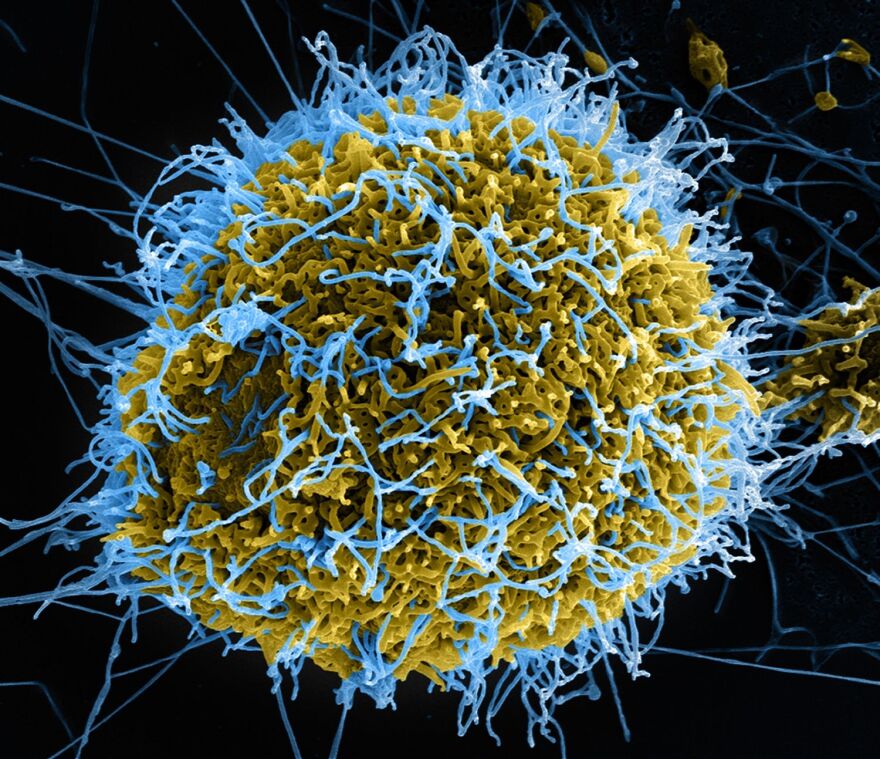Scientists at Washington University have developed a genetic test that can be used to detect practically any virus known to infect humans.
It could be especially useful for quickly identifying the cause of deadly disease outbreaks or helping a patient whose disease has eluded diagnosis.
The new test builds on an existing technique called metagenomic shotgun sequencing, which allows researchers to sequence all of the genes in a patient's sample — not just the person's own genetic material, but also that of any microbes they may be carrying.
Senior study author and infectious disease specialist Gregory Storch said the technique has revolutionized the study of the human microbiome — the trillions of bacteria, viruses, and other microorganisms that live in and on our bodies.
But disappointingly, metagenomic shotgun sequencing has failed to detect some viruses, particularly those that were present only at very low levels — until now. "We’ve developed a way of dramatically enhancing the sensitivity of the technique for detecting viruses," Storch said.
They did it by using nucleic acid probes — as Storch puts it, a "cocktail" of literally two million fragments of genetic material — to "capture" the viral DNA and other types of nucleic acid before sequencing it. "We knew that we were sometimes missing viruses that were actually there," Storch said. "And now, with the new capture technique, we are detecting those viruses." The Washington University research team has made the composition of the genetic "cocktail" on which their test is based publicly available so that other researchers can use it in their work.
The power of metagenomic sequencing is that you don’t have to know in advance which virus you're looking for. "Current molecular techniques that are used for diagnosis depend on knowing in advance," Storch said. "If a doctor wants to look for herpes in a sample, the doctor orders a test for herpes. If the doctor wants to look for influenza, they order a test for influenza. Those tests will detect the virus they’re looking for, but they won’t detect any other viruses."

The new test doesn't require a doctor to predict which virus is infecting a patient. Storch said that means it could prove particularly useful for diagnosing difficult cases or understanding an outbreak of disease. "Let’s say a new disease like SARS is occurring and people don’t know what’s causing it, but think it might be a virus," Storch said. "This technique could be used to determine the cause of the outbreak."
Storch said the test can even detect a virus that has never been seen before — as long as it is at least partially genetically similar to a known virus.
And the test doesn't just work on people. "The technique that we developed actually detects any virus that infects vertebrate animals," Storch said. In other words, veterinarians could find it useful too.
Storch expects it will be at least several years before the new technique is available for clinical use. And the test is expensive, so it would likely be reserved for cases in which more routine tests have failed to produce a diagnosis. "We are moving forward in setting up a research study where we would use it on specific patients," Storch said. "These would be patients who have very unusual diseases where the physician suspects an infection, but the existing tests aren’t giving an answer."
Development of the new genetic test was funded by the National Institute of Allergy and Infectious Diseases and is described in the journal Genome Research.
Follow Véronique LaCapra on Twitter: @KWMUScience




